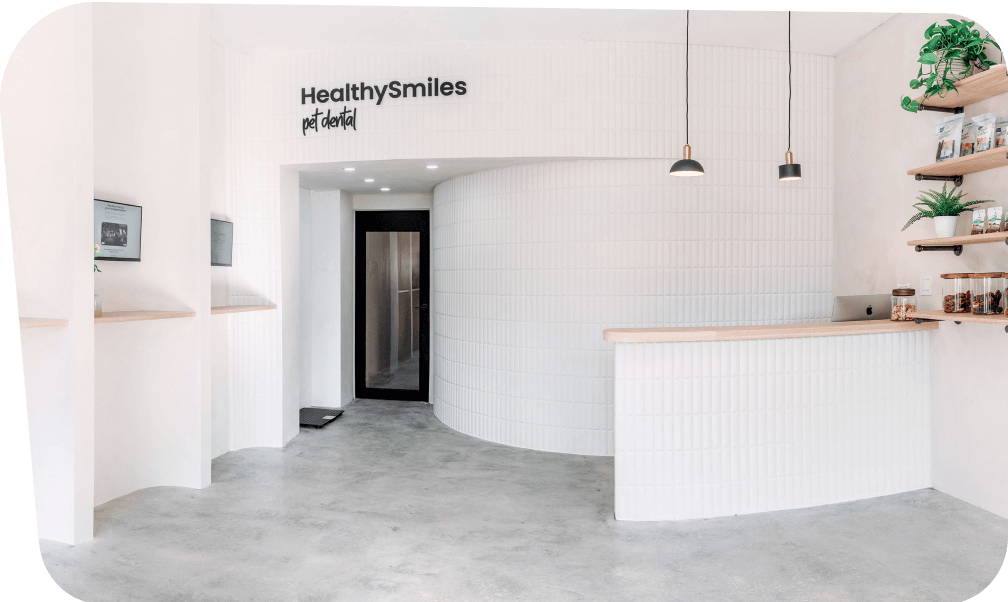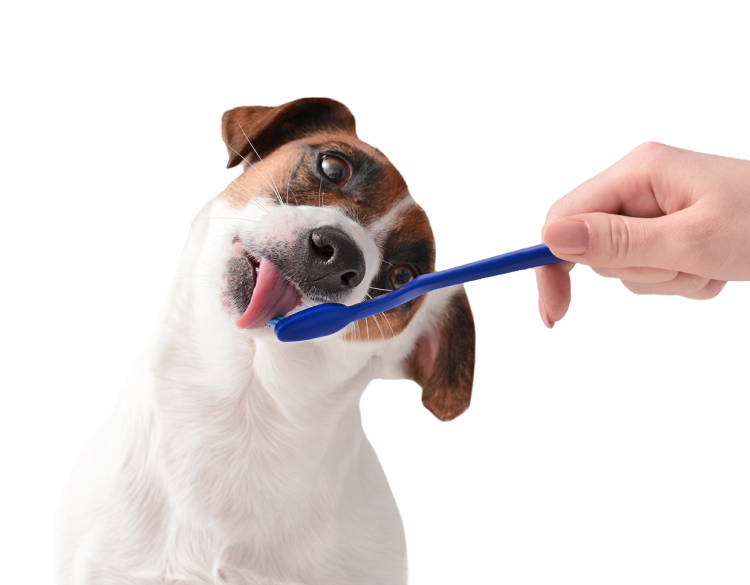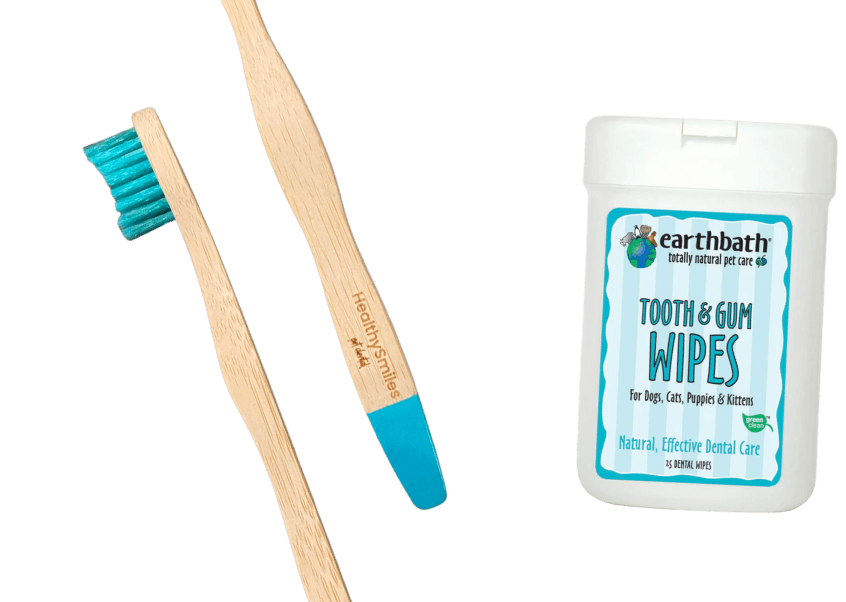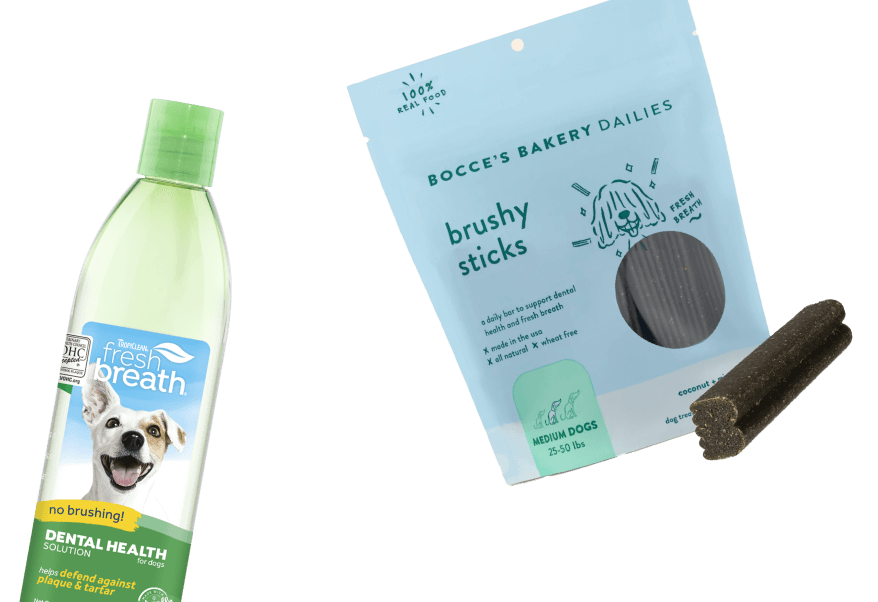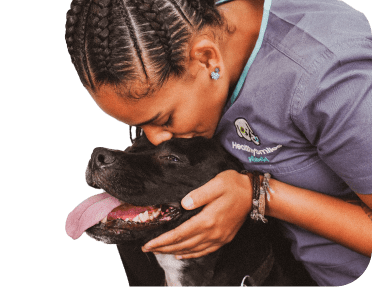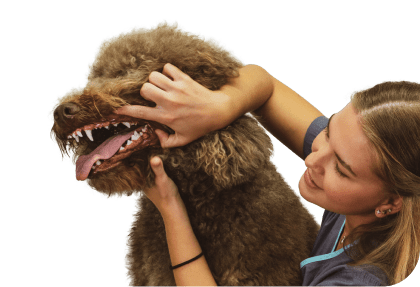Pet Dental Treatments That Require Anesthesia
August 7, 2020Pet Dental Treatments Requiring Anesthesia for your Dog or Cat
For pets with periodontal disease, the treatment goal is the removal of plaque and calculus from the teeth. General anesthesia is necessary to provide access to the subgingival areas, where bacteria can contribute to local and sometimes systemic inflammation.
There is a grading system to categorize periodontal disease that helps provide guidelines for treatment. (You can ask your vet where your dog or cat falls on this chart).
Stage 1: Gingivitis
no attachment loss
Gingivitis is the beginning stage of periodontal disease in which inflammation is confined to the gingival soft tissues only.
Stage 2: Early periodontitis
<25% attachment loss
Periodontal therapy for stage 2 early periodontitis includes removing irritants and debris from the tooth surfaces and periodontal pockets through subgingival and supragingival dental scaling.
Stage 3: Moderate periodontitis
25-50% attachment loss
Treatment includes thorough dental scaling both above and below (up to 5 mm) the gingival margin.
Stage 4: Advanced periodontitis
>50% attachment loss
This occurs when greater than 50% support loss is diagnosed. In cases of moderate and advanced periodontal disease.
Before your dog or cat is scheduled for general anesthesia your veterinarian will recommend lab work or blood tests.
According to VCA Hospitals, pre-anesthetic blood work will show any abnormalities to allow adjustments to be made in the pet’s treatment plan.
Preanesthetic blood work is typically recommended for most animals that are undergoing anesthesia. This blood work allows your veterinarian to assess your pet’s overall health, ensuring that your pet is a good candidate for anesthesia. With that in mind, there are varying reasons your dog or cat may be good candidates for anesthesia.
As you can imagine, it’s much cheaper to schedule a non-aesthetic dental cleaning before periodontitis occurs or worsens.
Here are ten reasons your vet may recommend general anesthesia for your dog or cat.
1. Digital radiology (x-rays)
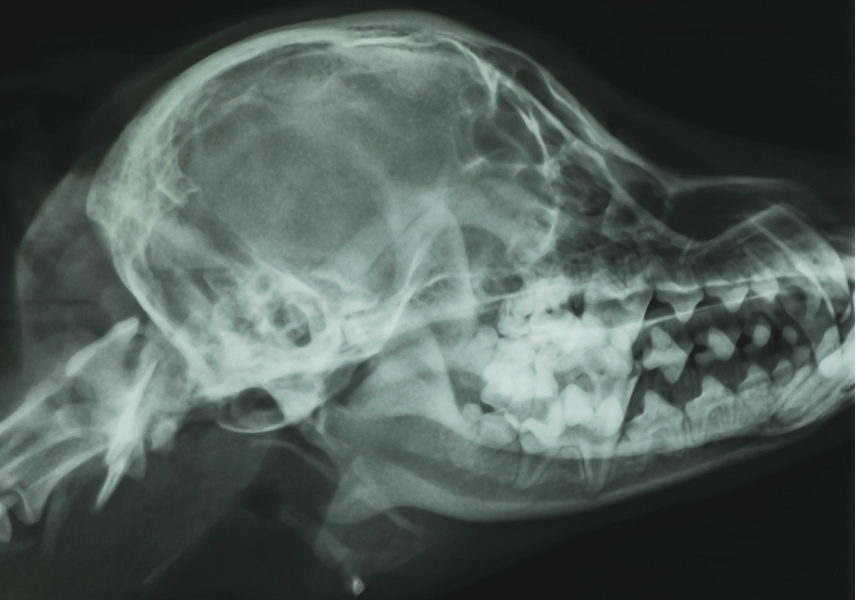
VCA Hospitals also share that unlike humans, dogs do need to be anesthetized for dental X-rays.
“An X-ray machine using small amounts of radiation, is used to see the inside of your dog’s teeth and those areas below the gum line that are hidden from view.”
If your dog or cat needs x-rays to determine if a tooth is fractured for example then your animal’s dental cleaning and x-rays will be done during the same procedure.
2. Extractions
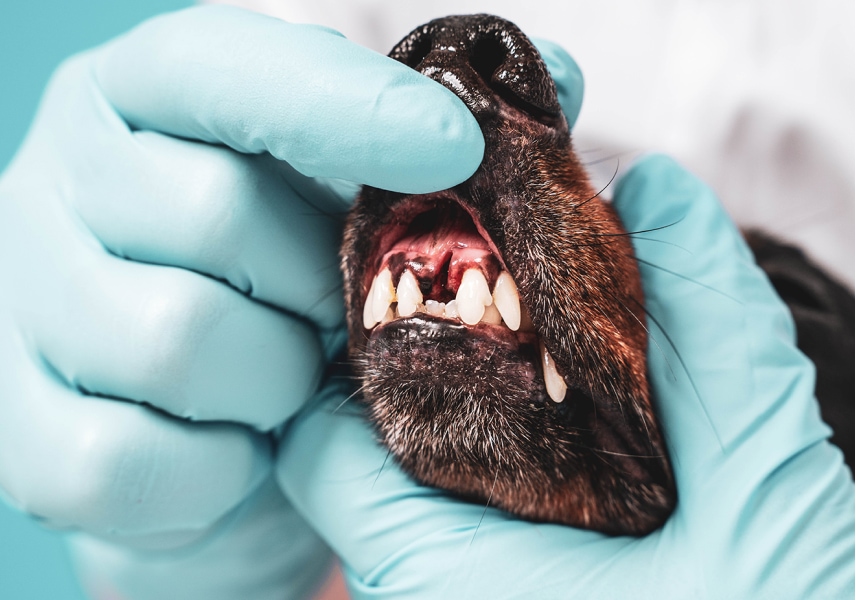
Teeth that are loose, fractured, or just generally unhealthy are removed. Extracting a tooth may be fast or the dental extraction may involve an extensive surgical procedure if the disease’s tooth is not loose!
3. Fractured teeth
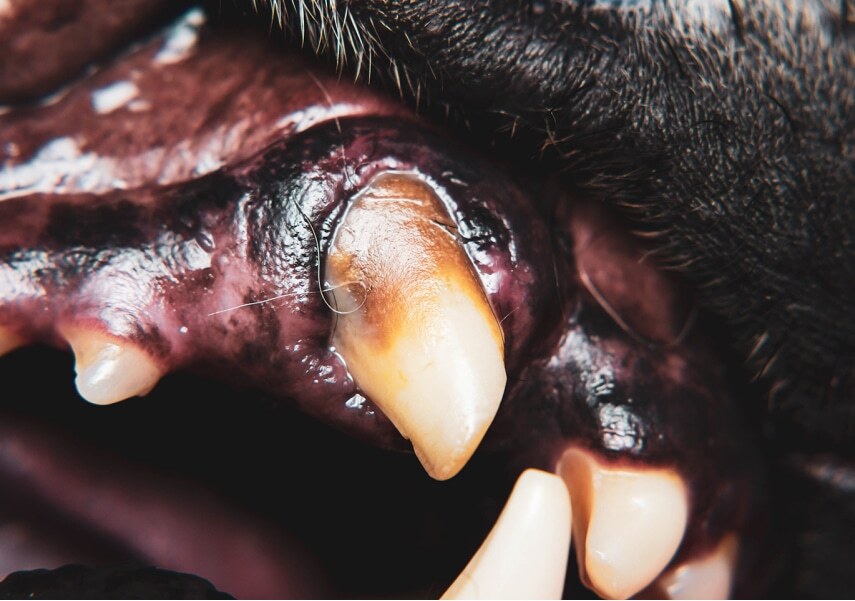
Dogs can easily fracture a tooth chewing on a bone. Your dog may be in pain and you won’t even know it until the veterinarian gets an X-ray!
4. Restoration
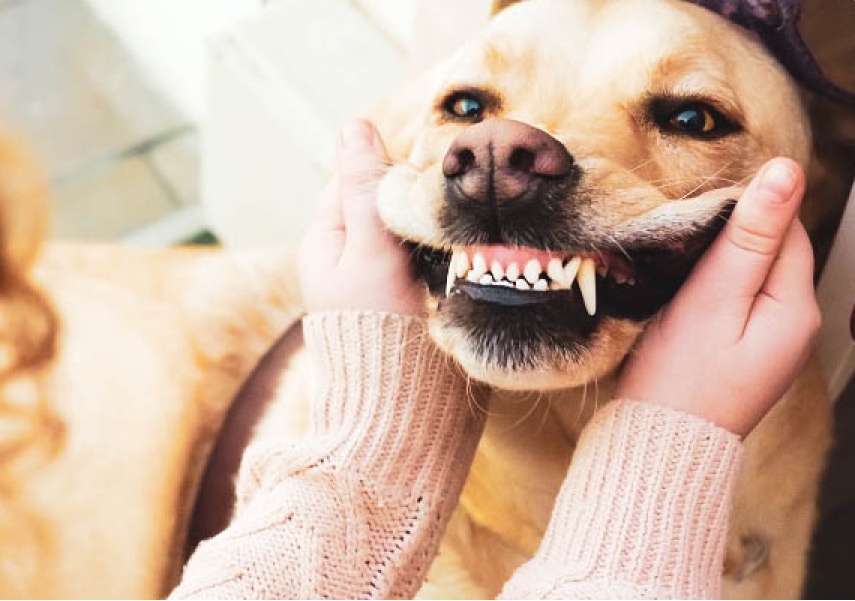
Restorative dentistry is when the dental specialist or vet restores the outer structure of your pet’s tooth to a normal functioning tooth. The outer structure and enamel defects may be a result of tooth wear due to abrasion. This requires anesthesia.
5. Periodontal surgery

Examples of periodontal surgery include extracting larger (canines!) and more essential teeth that can be difficult to extract when affected by significant periodontal disease.
6. Endodontic procedures

Endodontics is the dental discipline that treats disease involving the internal tissues of a tooth. One example is pulp exposure!
7. Stomatitis
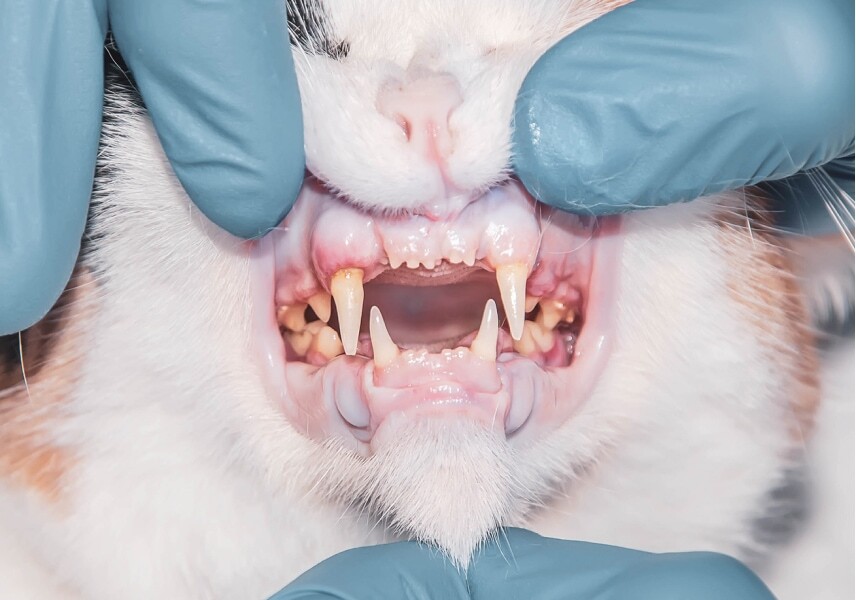
When the inflammation goes well beyond the mucogingival junction, it’s called stomatitis. This may be due to a variety of causes but it’s most commonly immune-mediated. Cats are often affected and will have a decreased appetite or anorexia, halitosis, dehydration, and blood-tinged saliva.
Full-mouth extractions or nearly full-mouth extractions for treatment of feline stomatitis have been shown to provide resolution of oral discomfort in approximately 80 percent of cases.
8. Mandible and maxillary mass removal
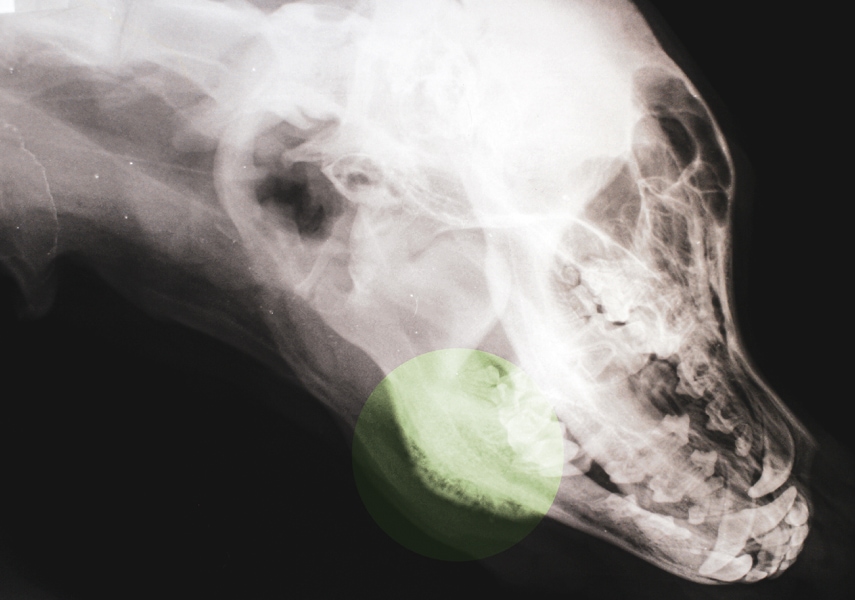
Oral tumors account for only 6 percent of all neoplasia in dogs and 3-12 percent in cats. These tumors are aggressive and prognosis depends on an early detection.
9. Reactive animals
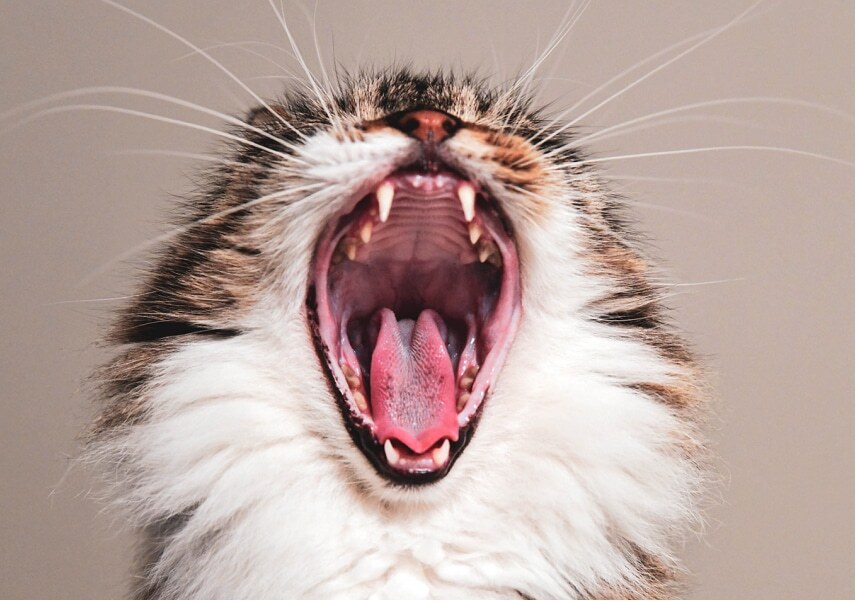
Anesthetic cleanings are used for pets with aggressive behavior or those who cannot relax for a non-anesthetic treatment.
10. Dental emergencies
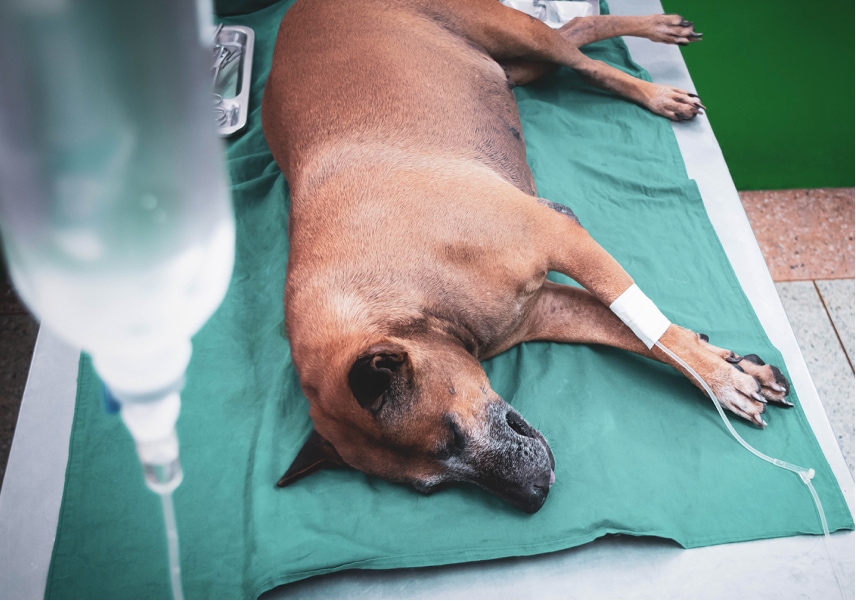
What if your dog is hit by a car and has a broken jaw or jaw fracture? This dental emergency will need imaging techniques and immediate surgery.
How long does it take for your dog to recover?
When anesthetic maintenance ends the patient is moved from the procedure room to a recovery cage, where they are kept comfortable and warm, and observed for normal return to consciousness.
Many pets are sleepy for about 12-24 hours following the procedure.
Are there any risks with anesthesia?
The Preventive Vet tells us that anesthesia has benefits and risks, and death can occur under anesthesia. Approximately one in 1,000 healthy cats and one in 2,000 healthy dogs die under anesthesia each year.
Here is an article by The Preventive Vet that outlines the questions to ask your vet before your dog or cat goes under anesthesia for a procedure.
How much does it cost?
A cleaning with anesthesia will range from $400 to $1,000 depending on the procedure.






